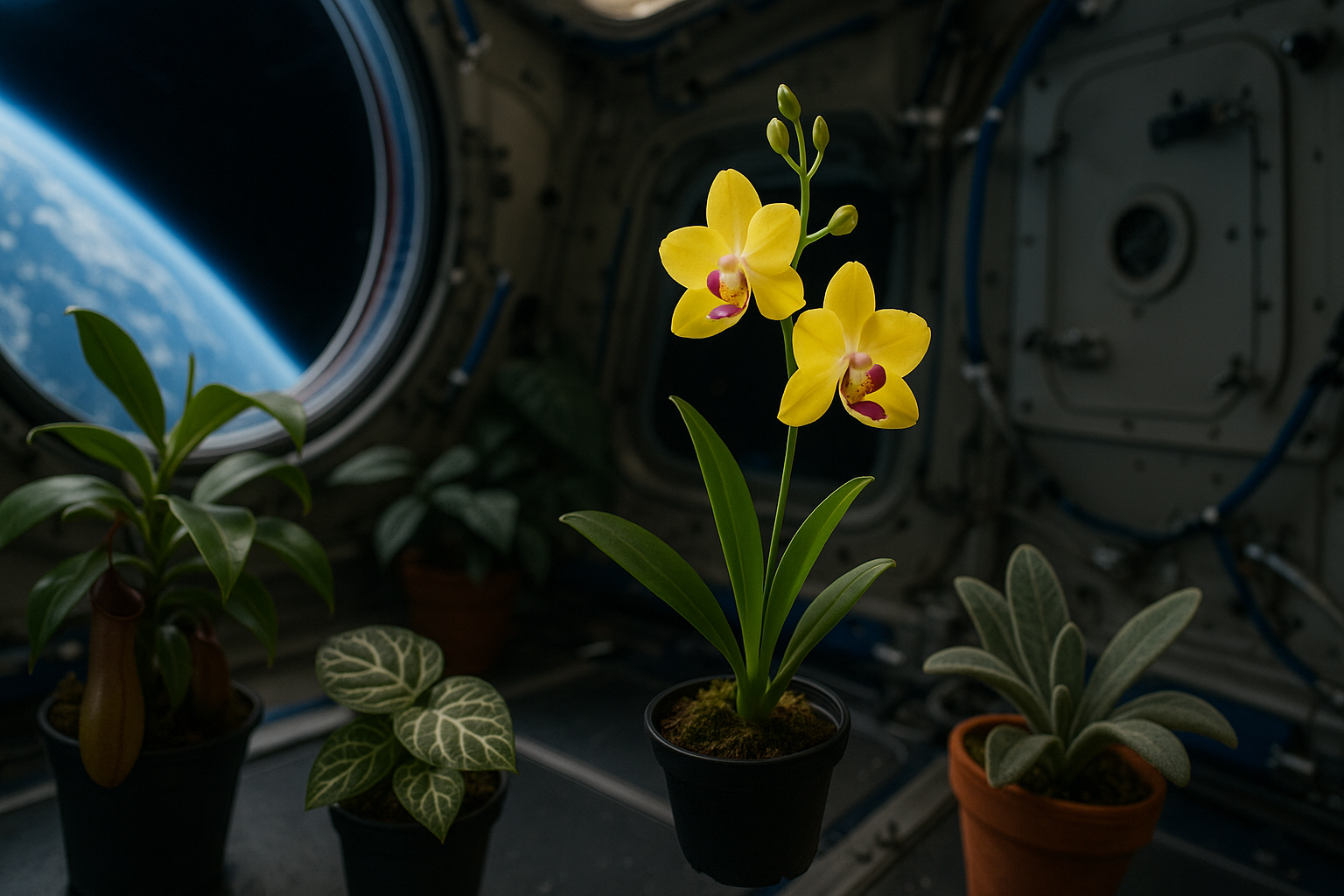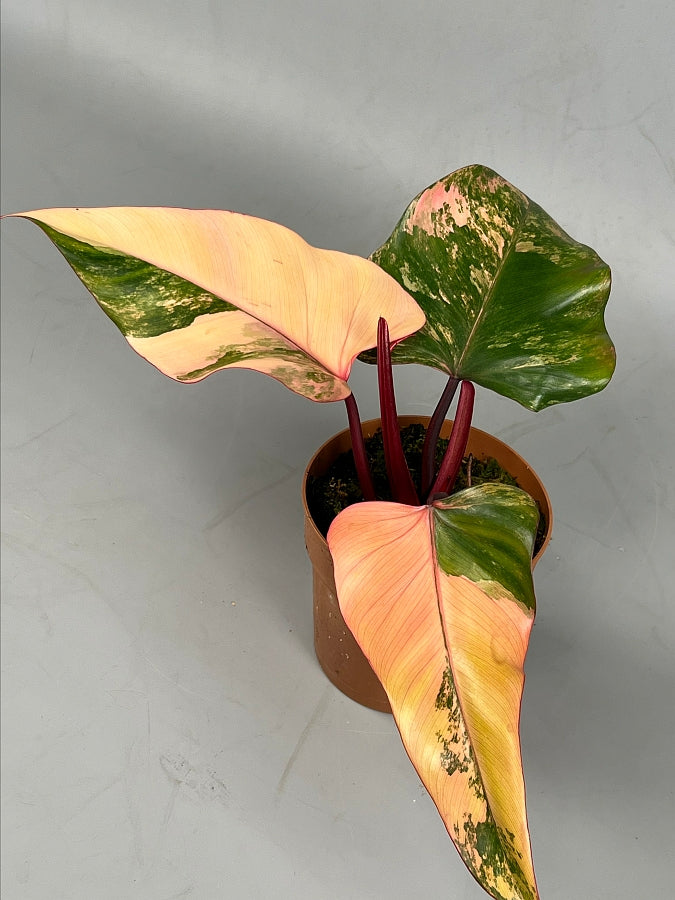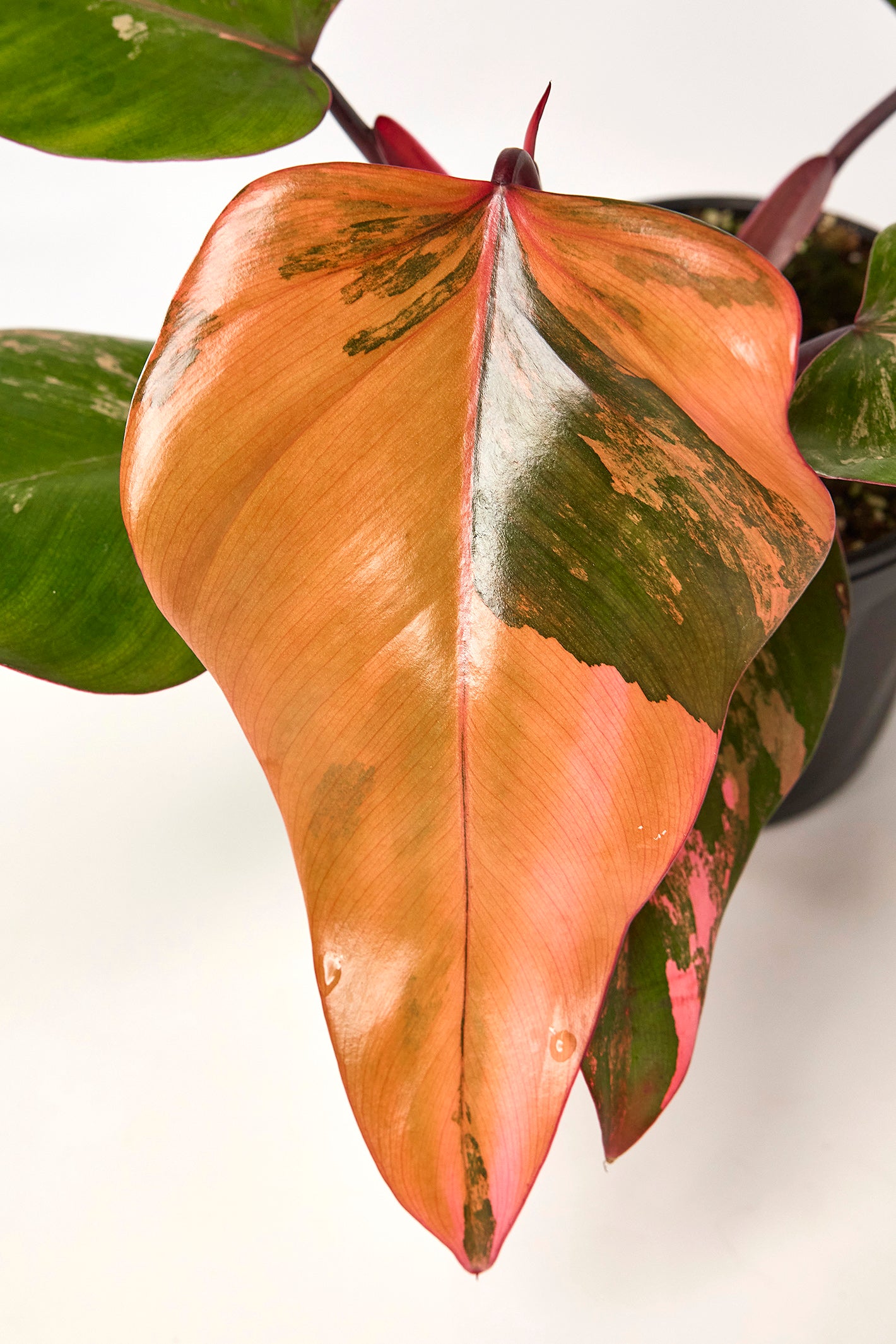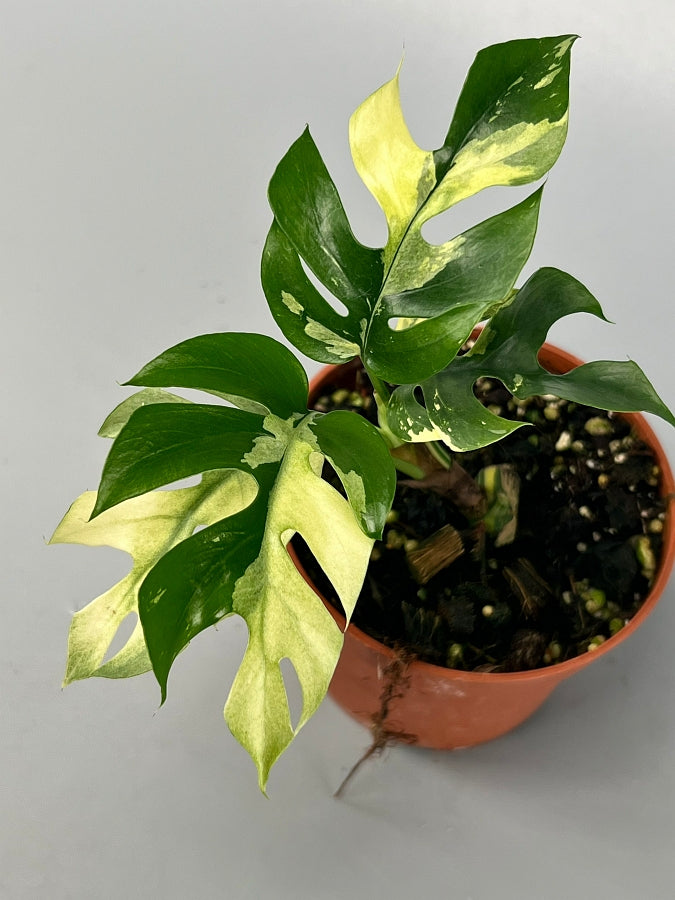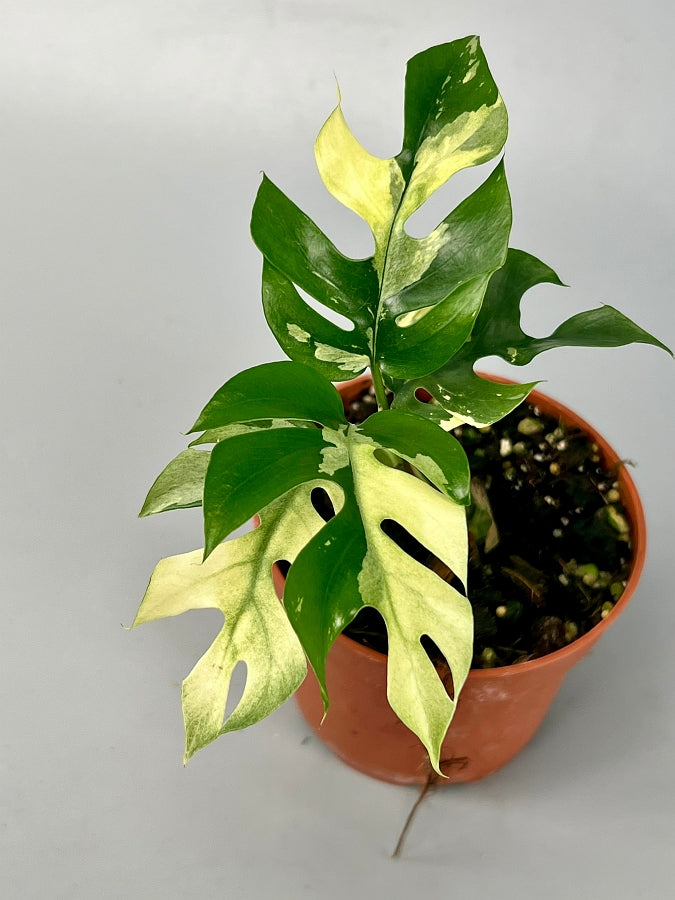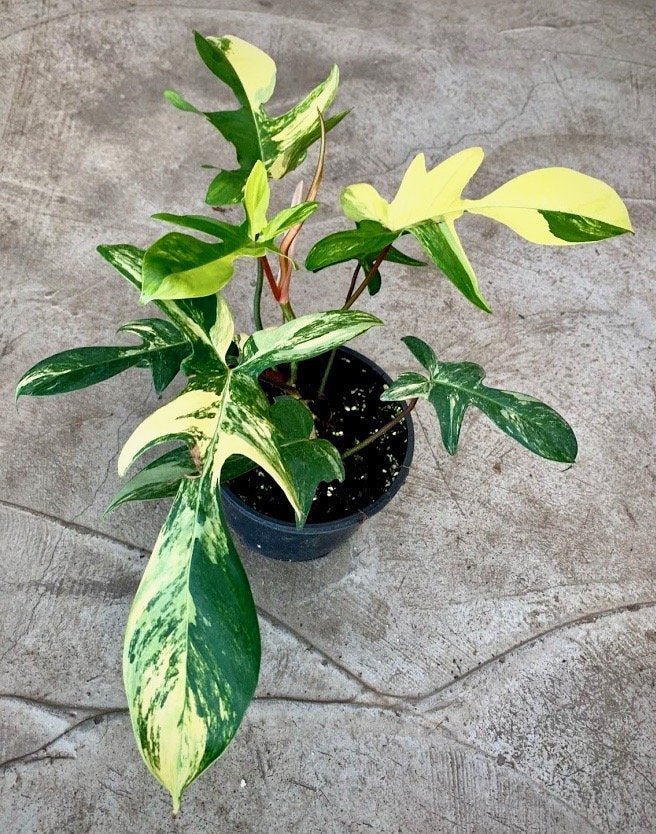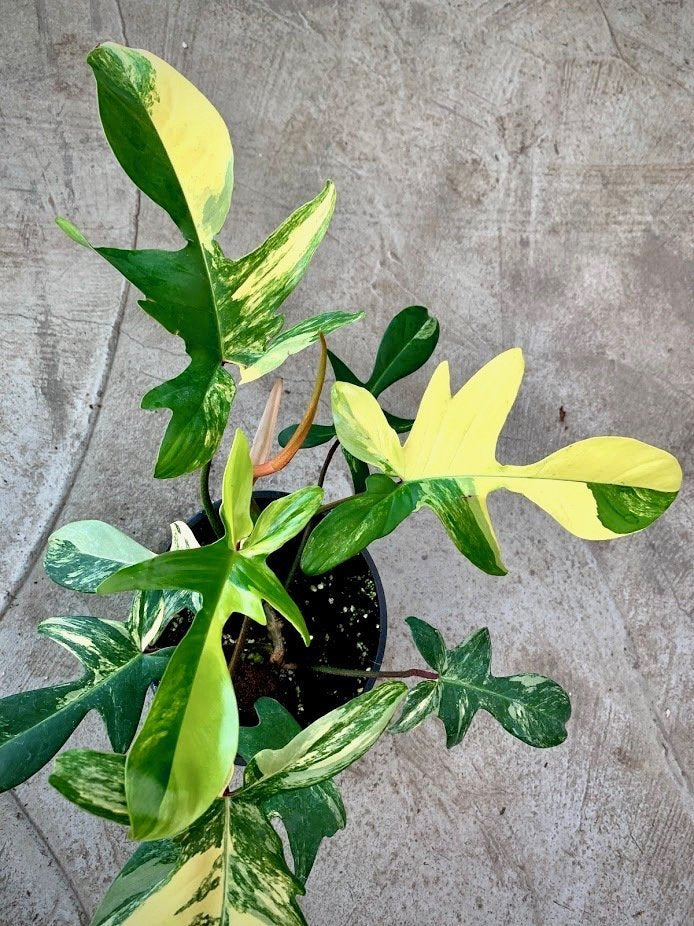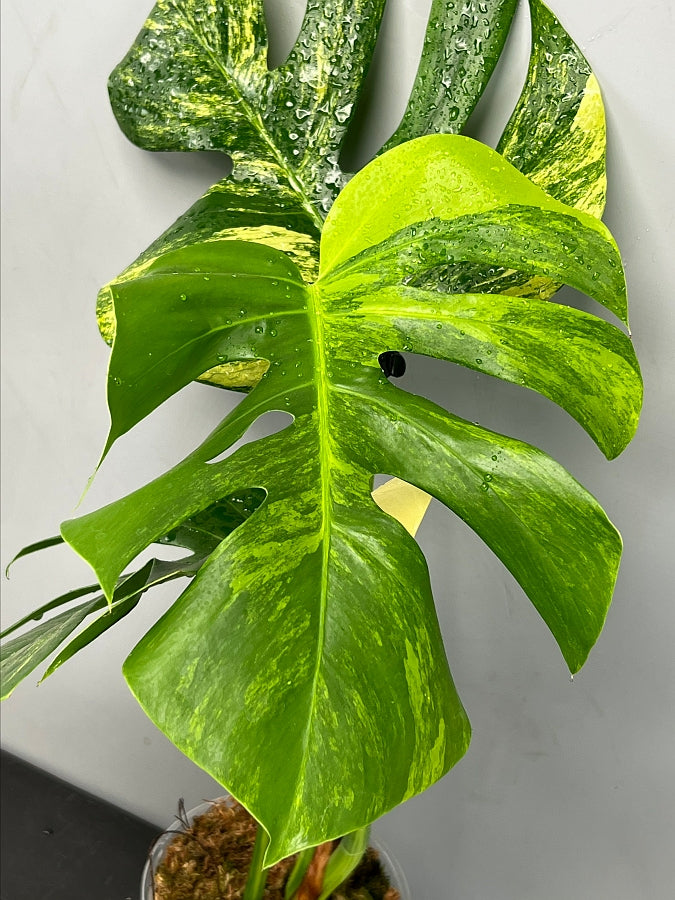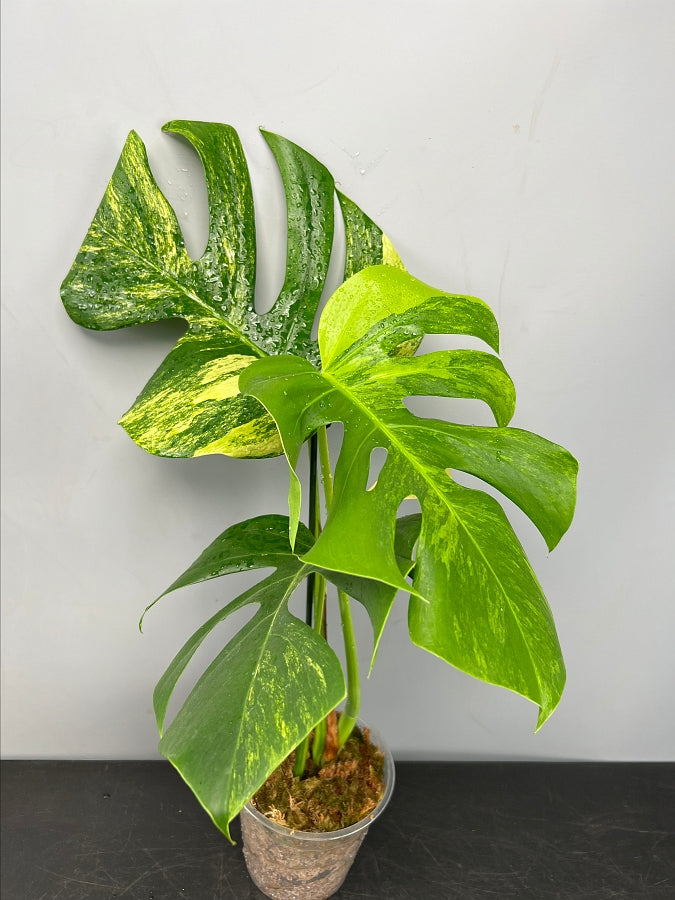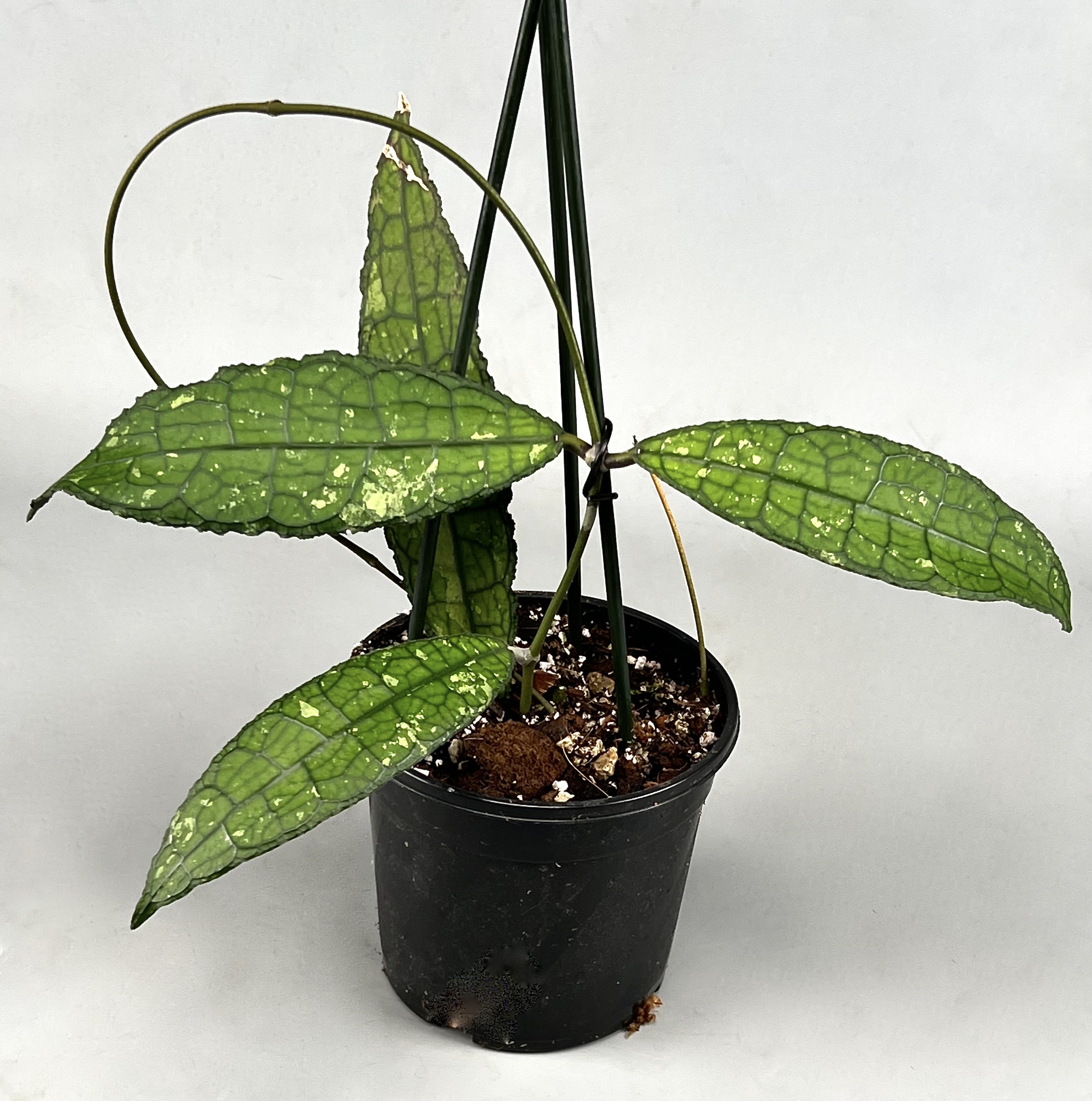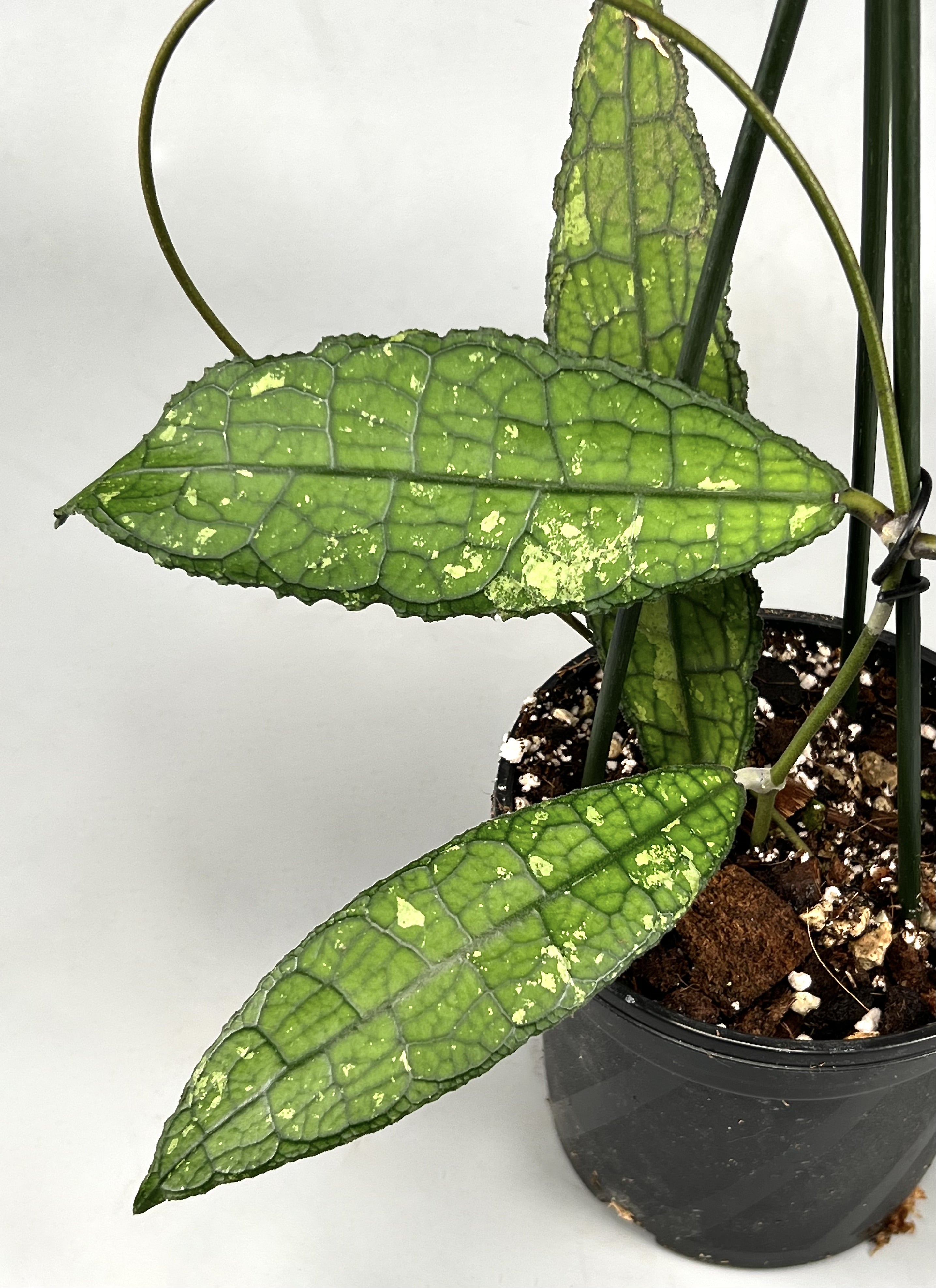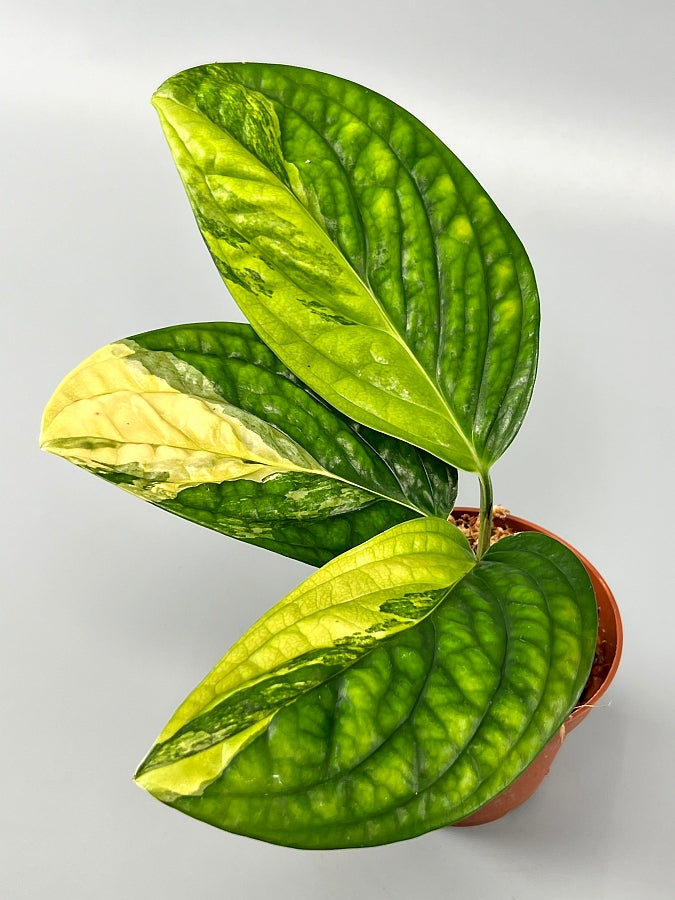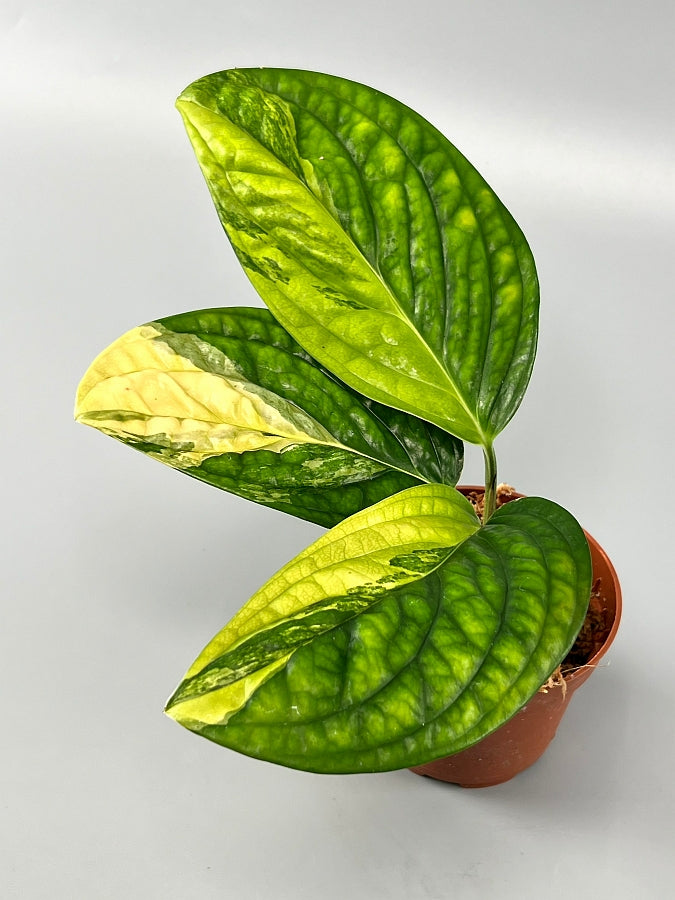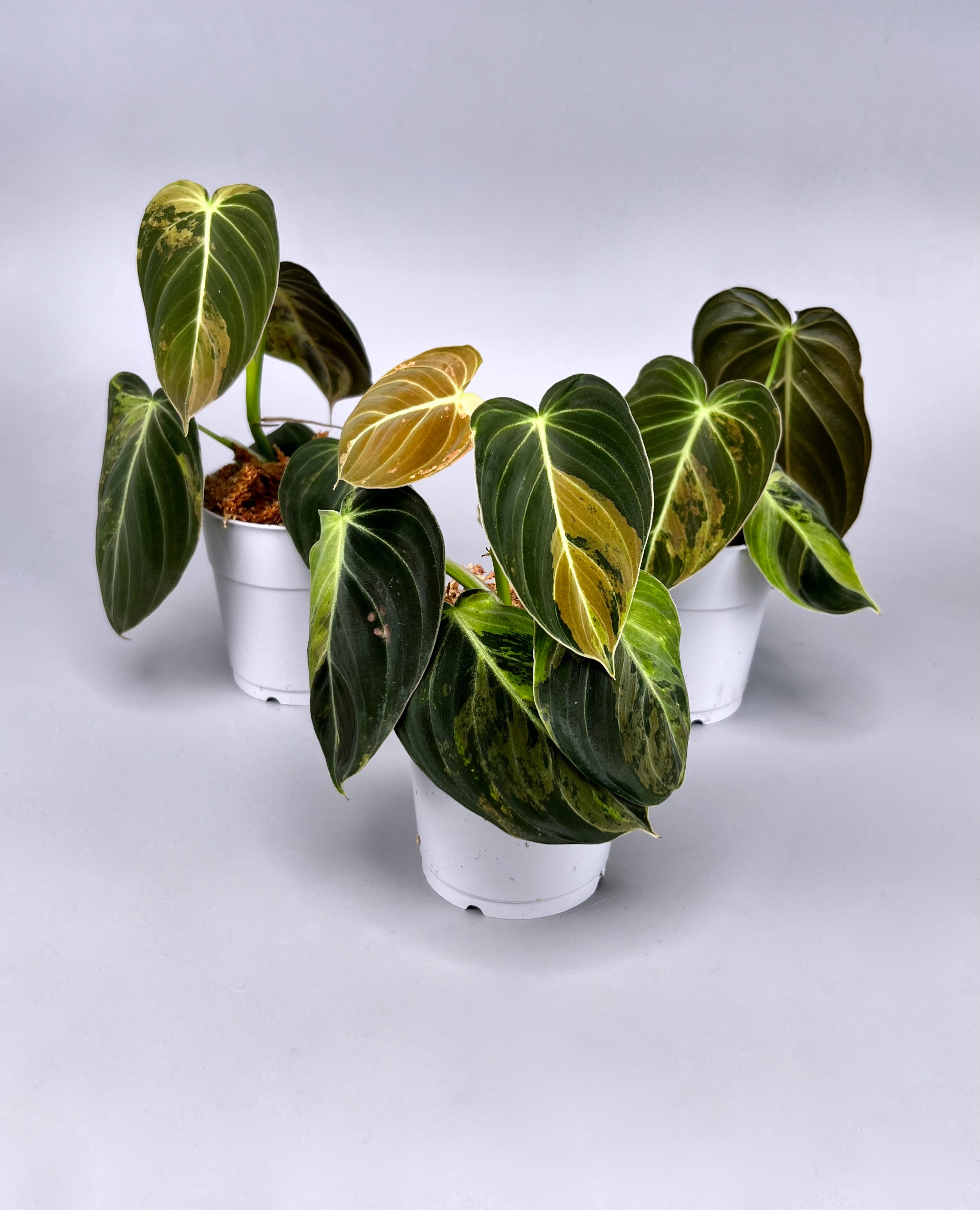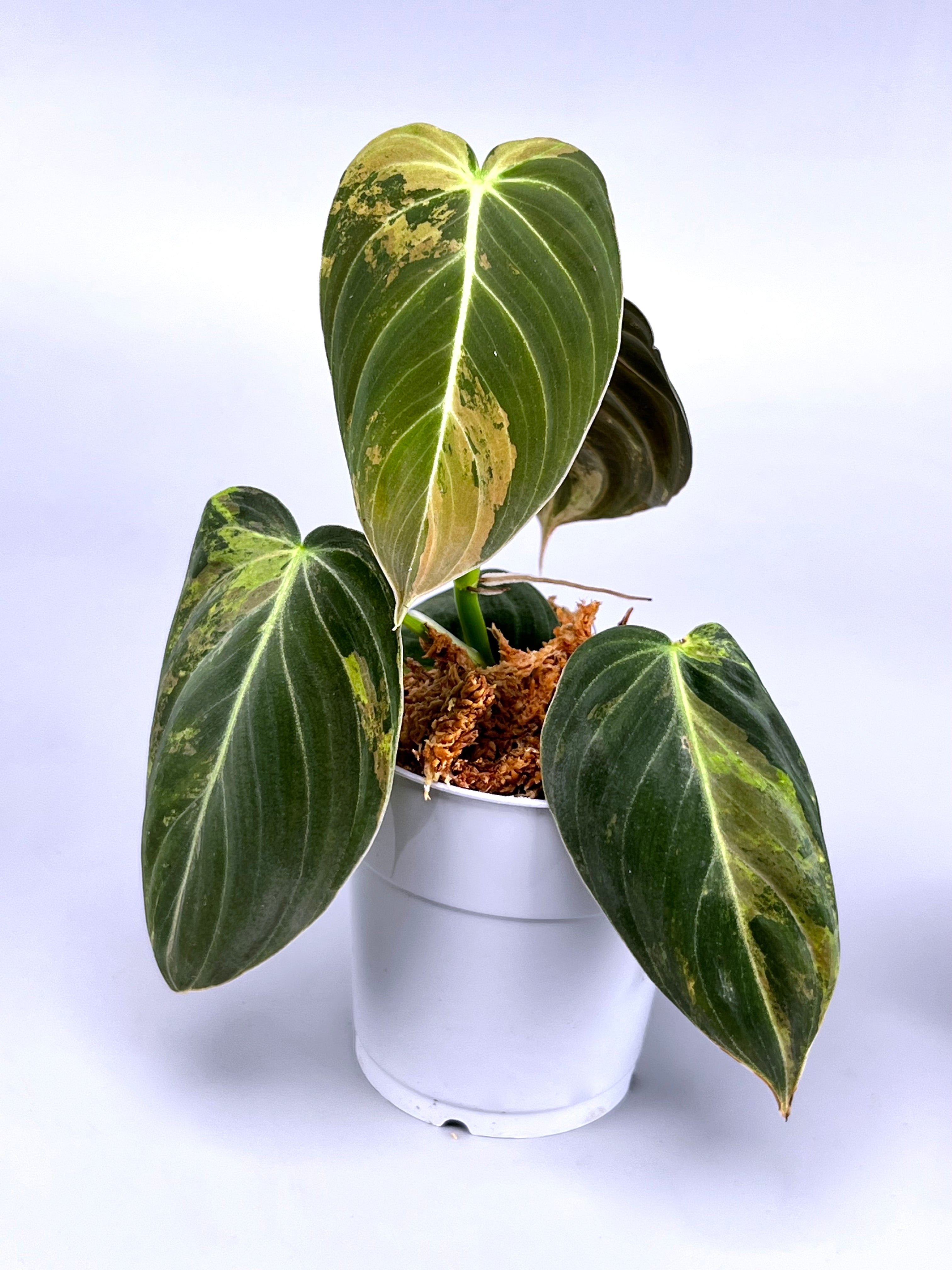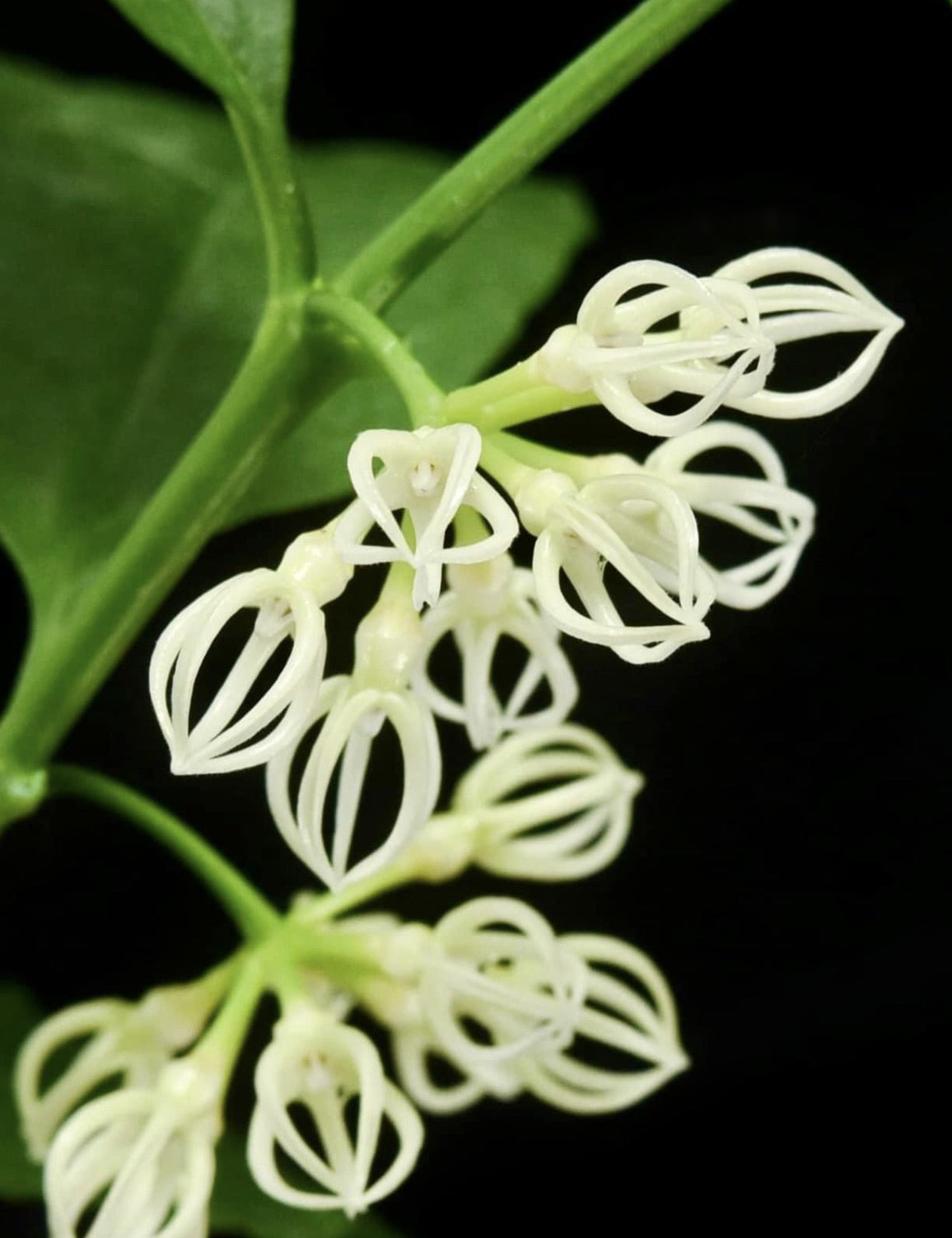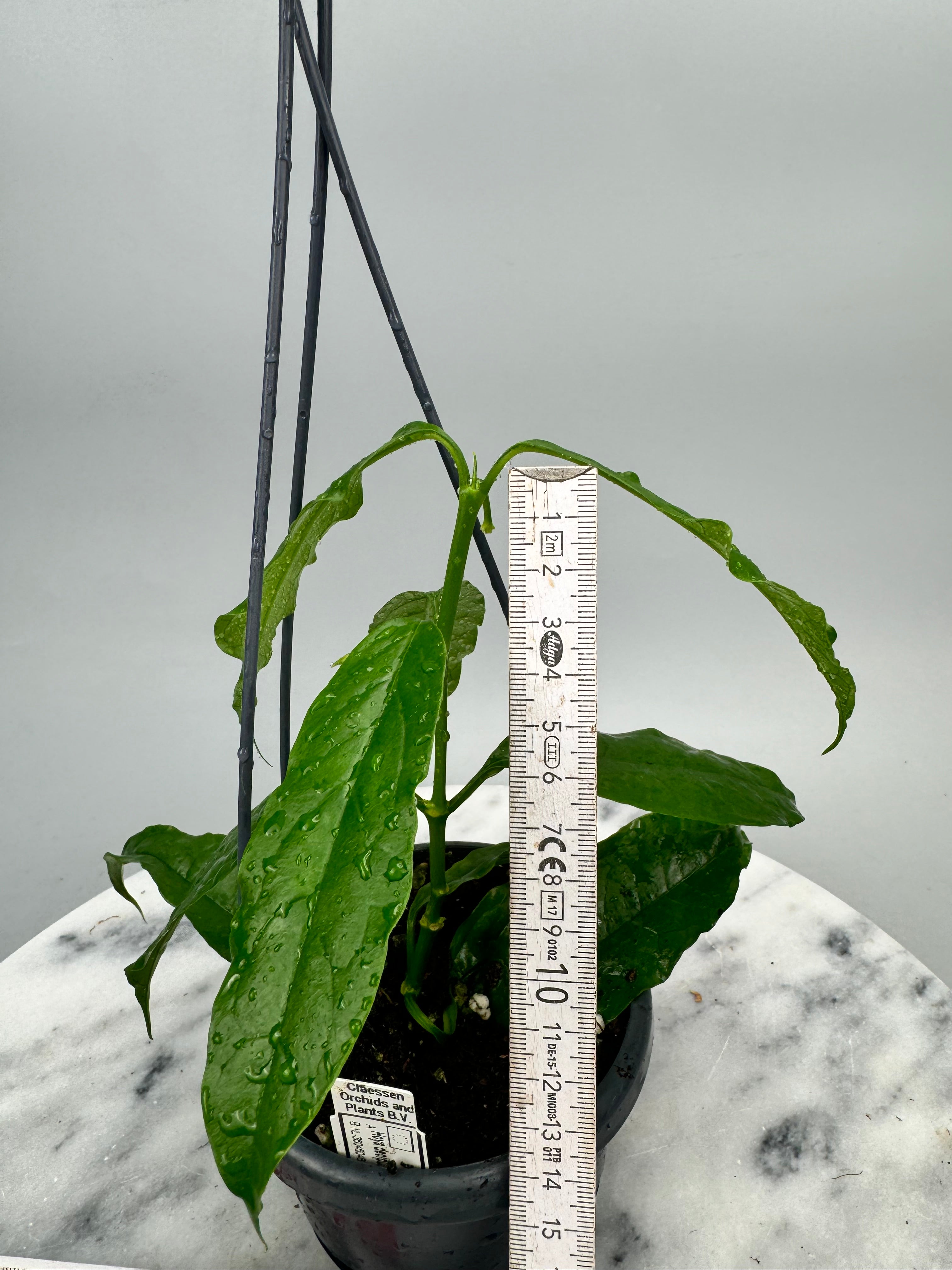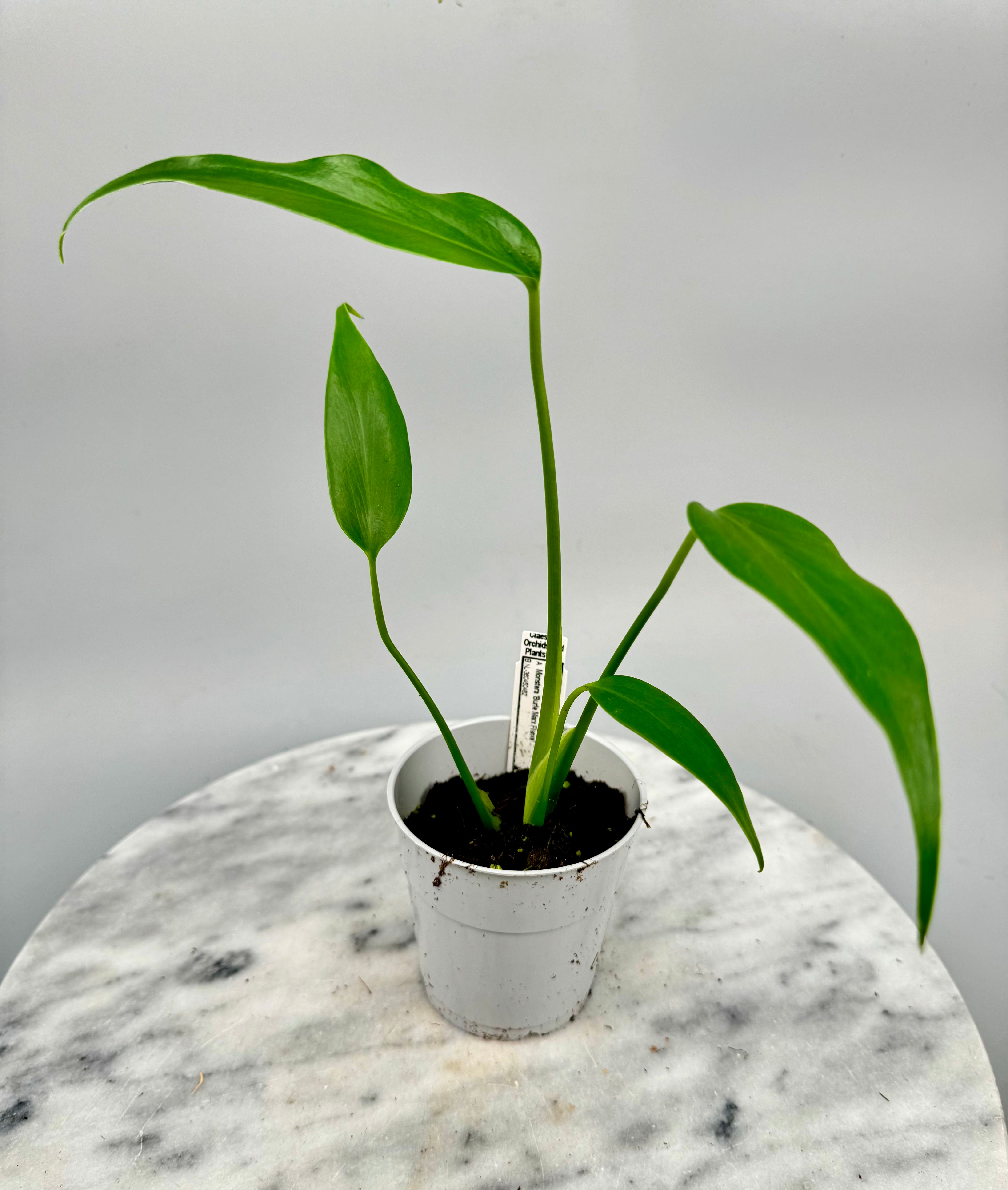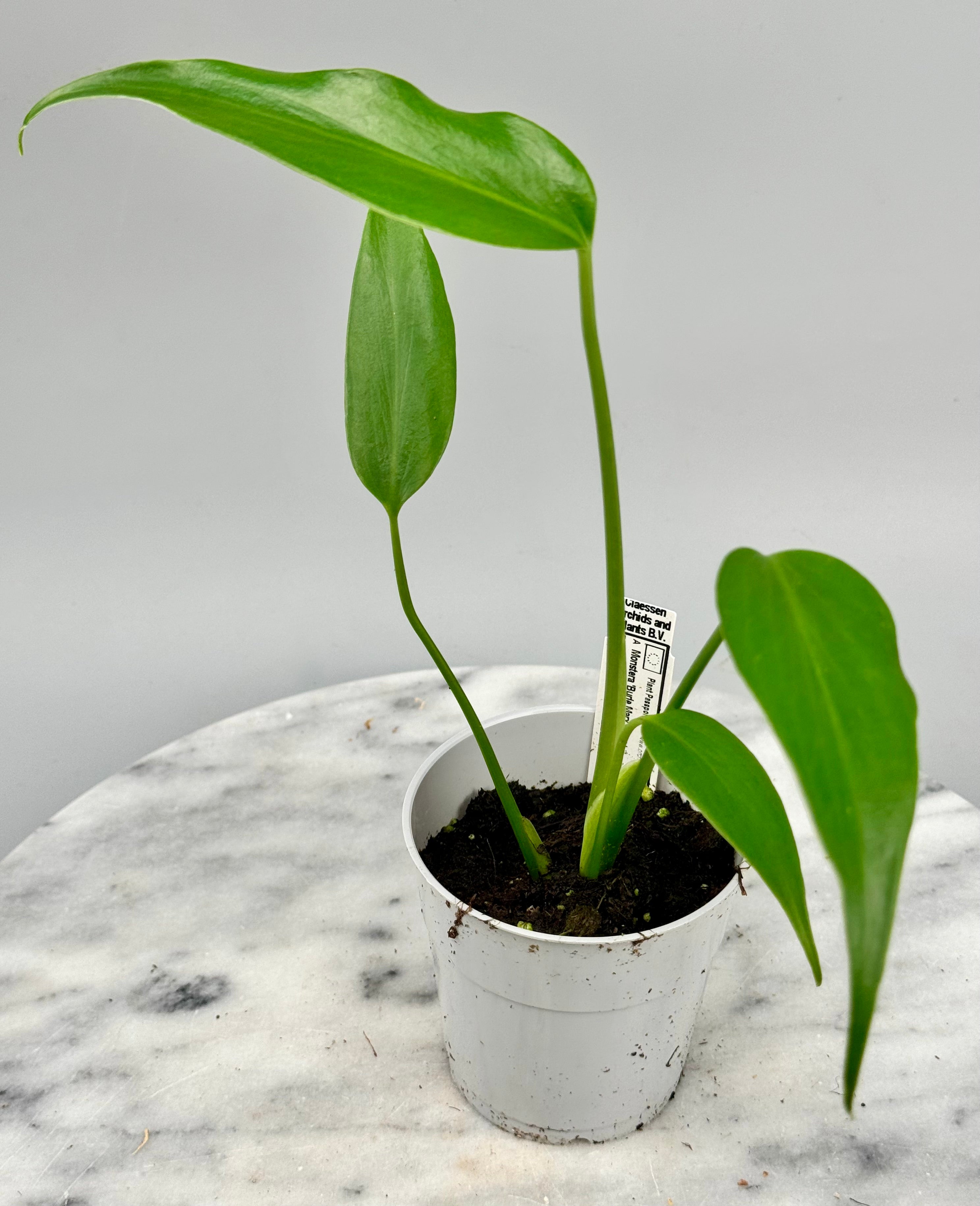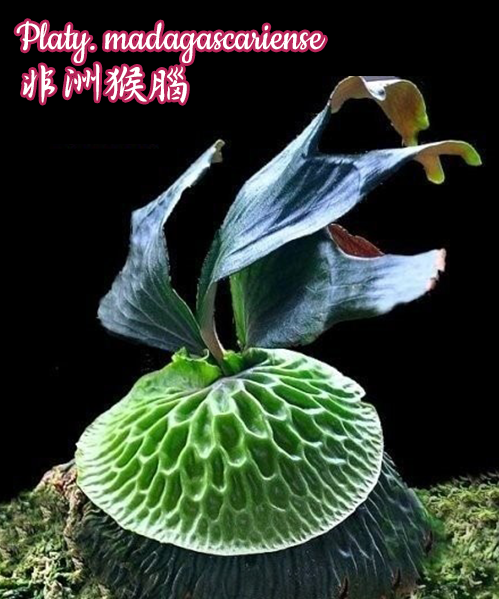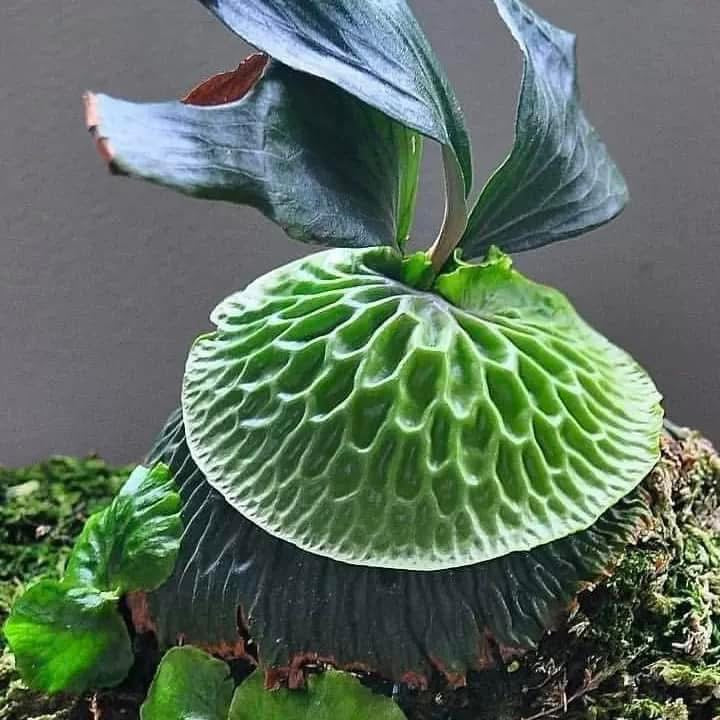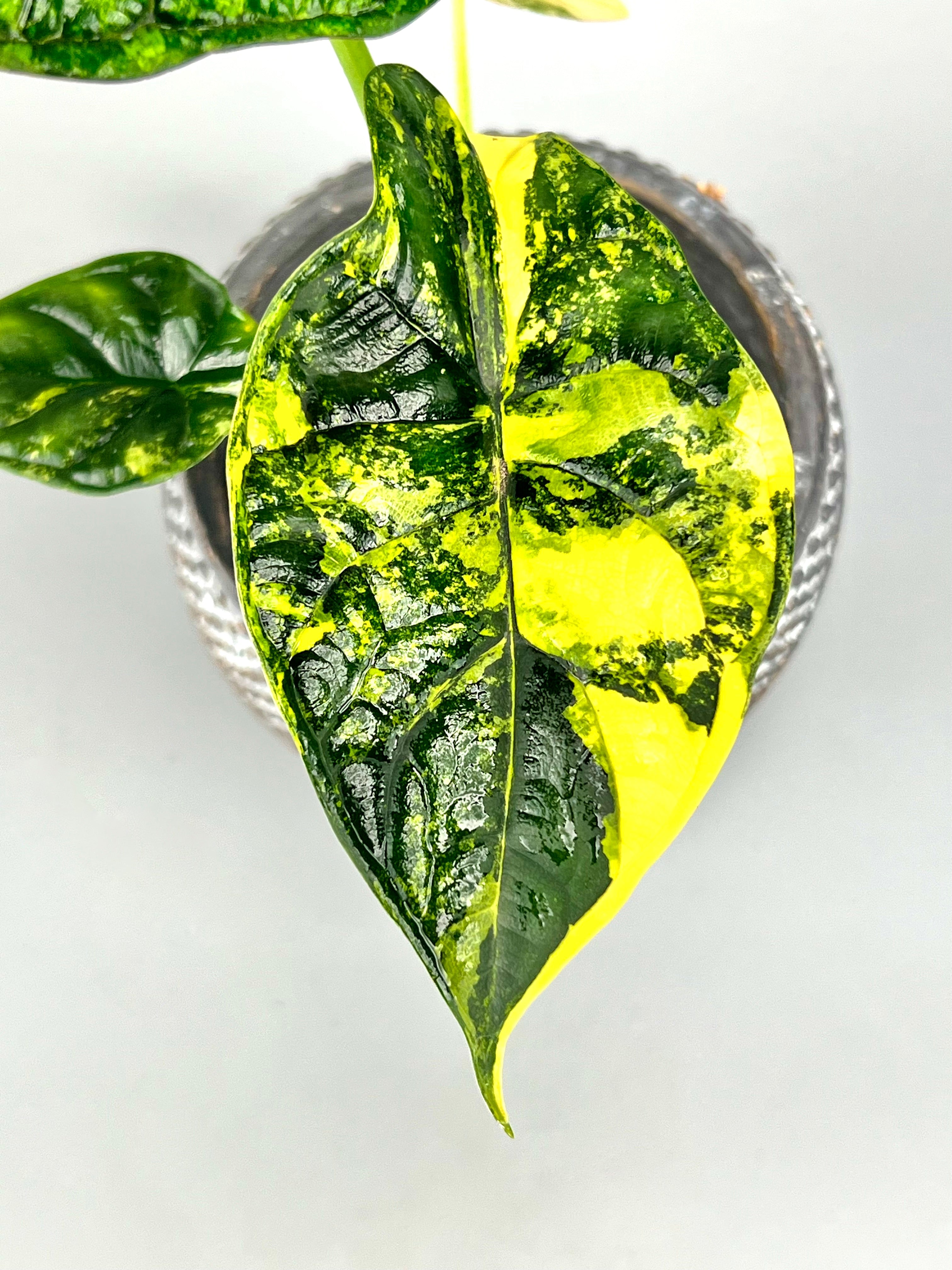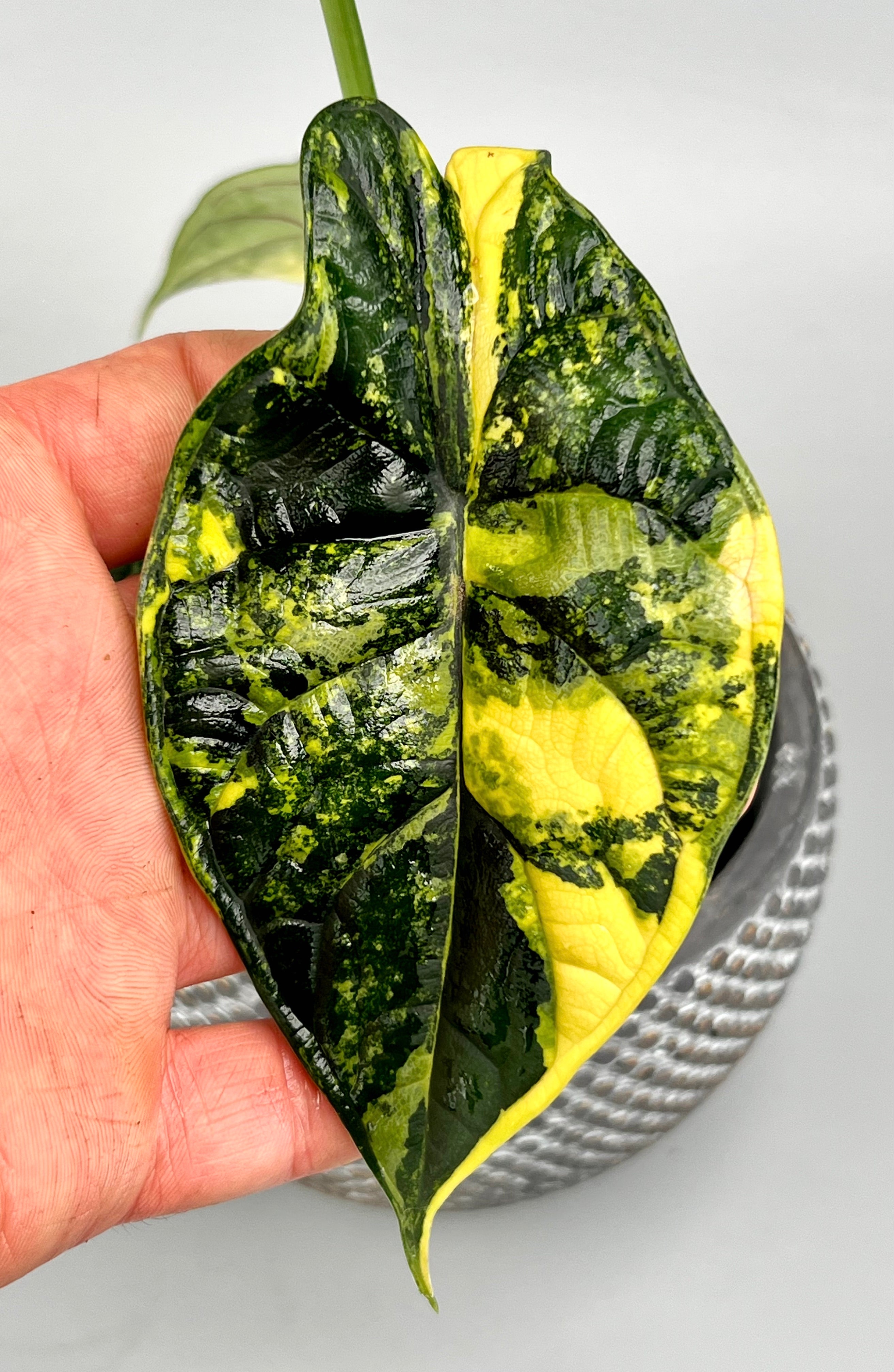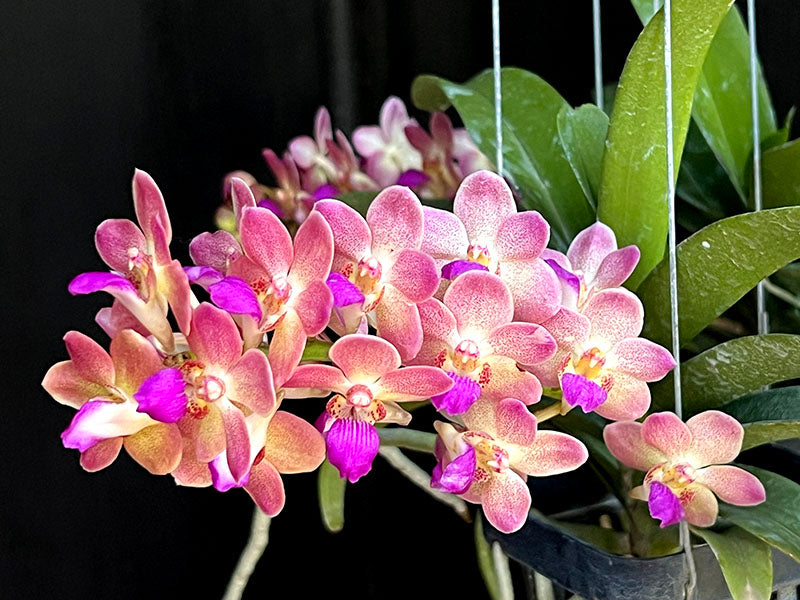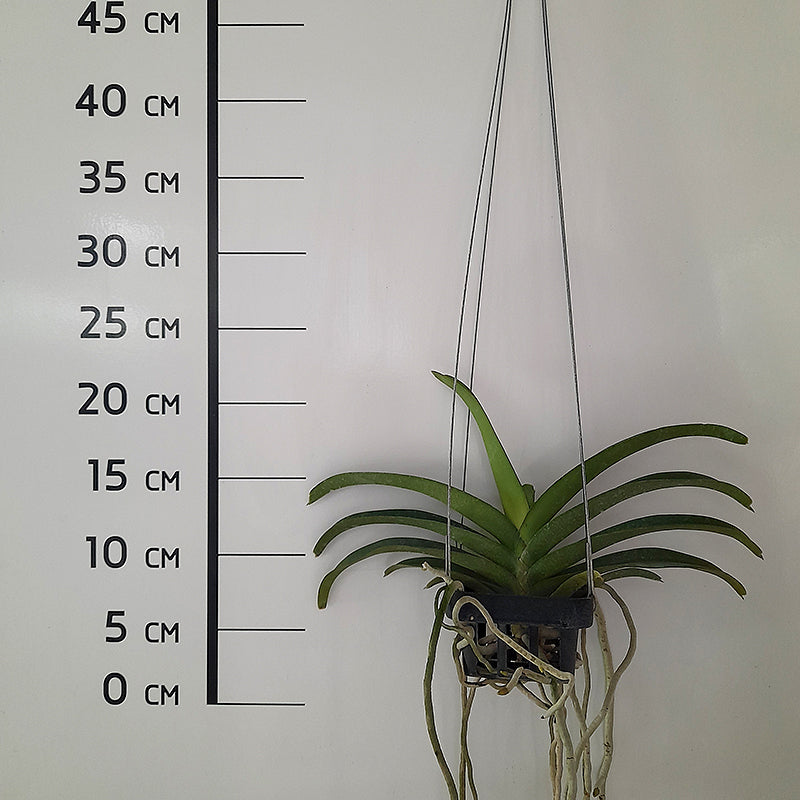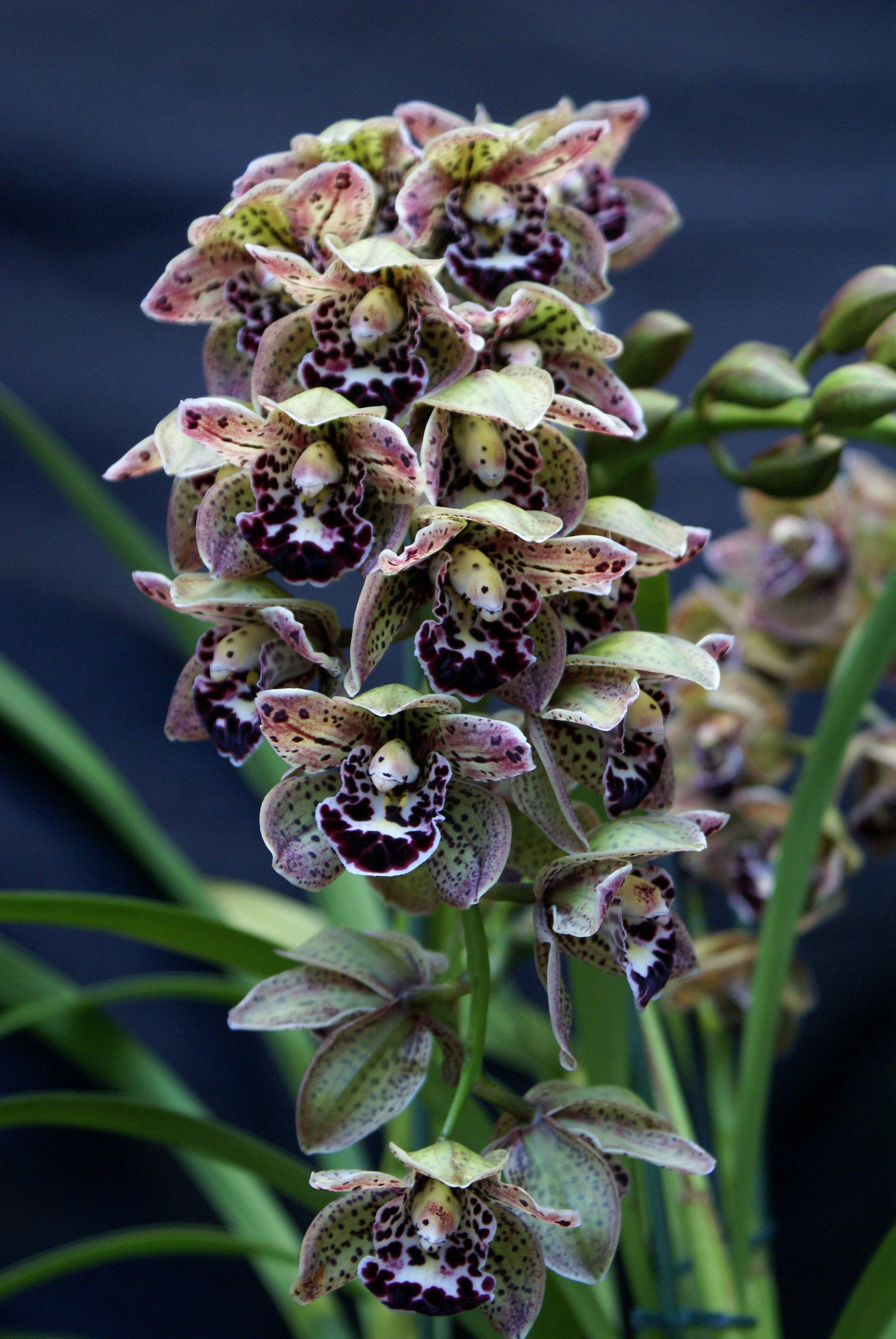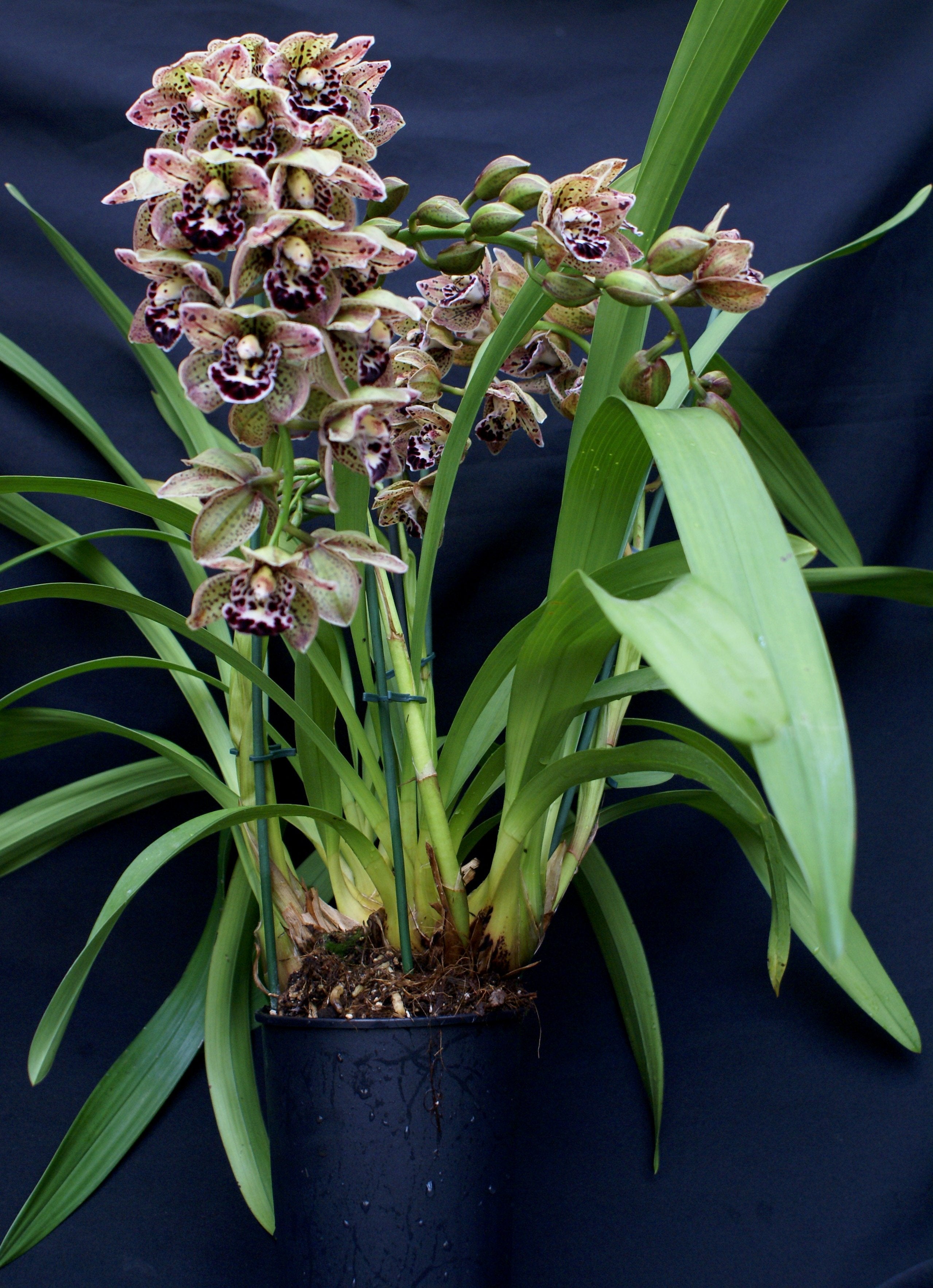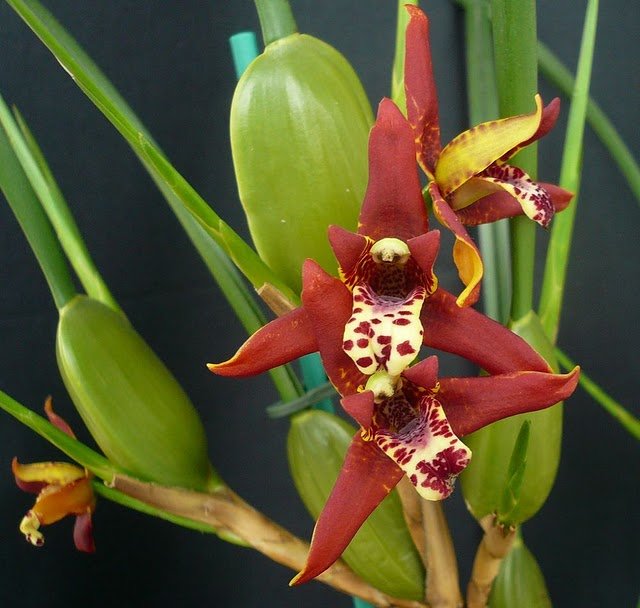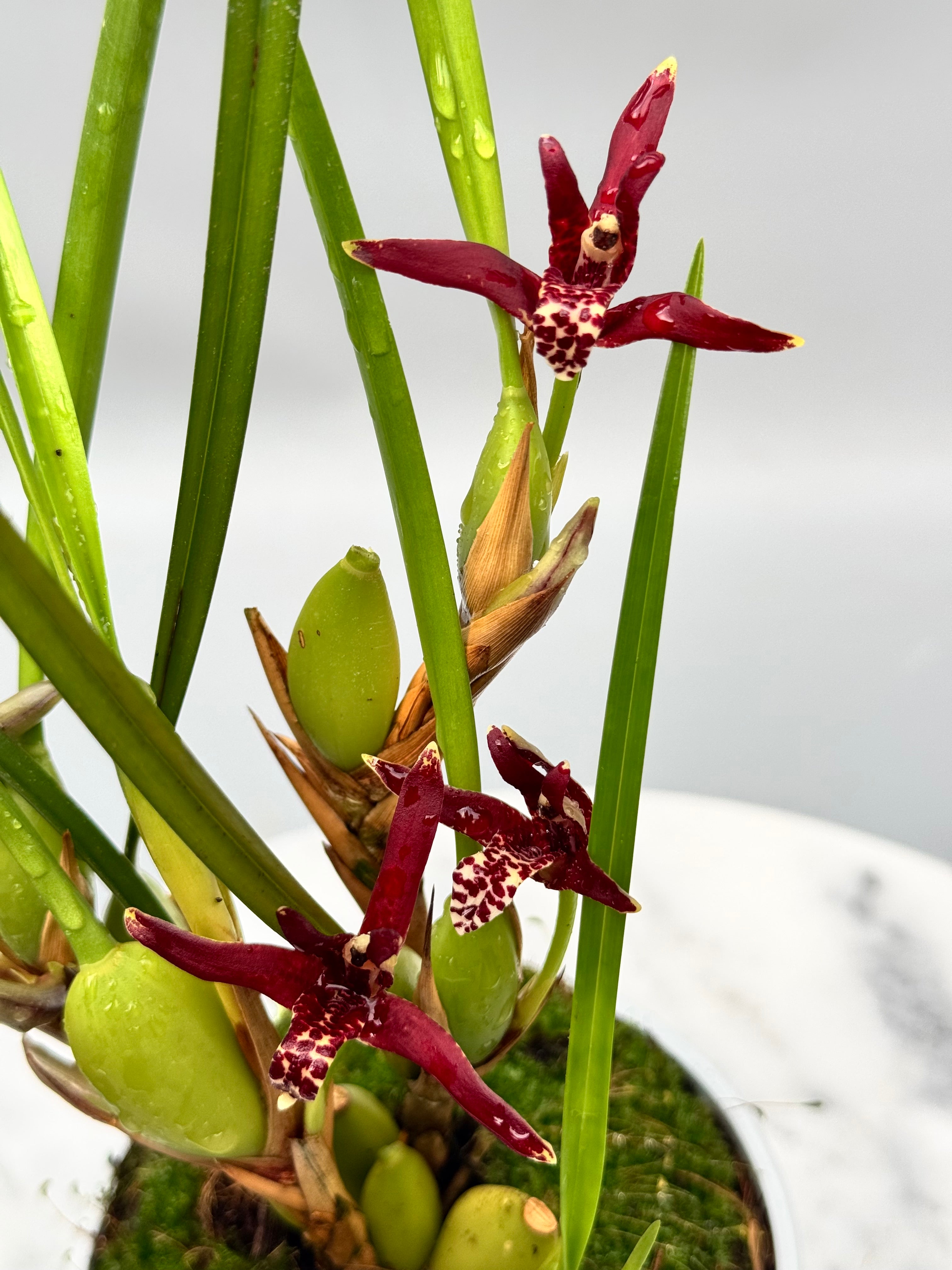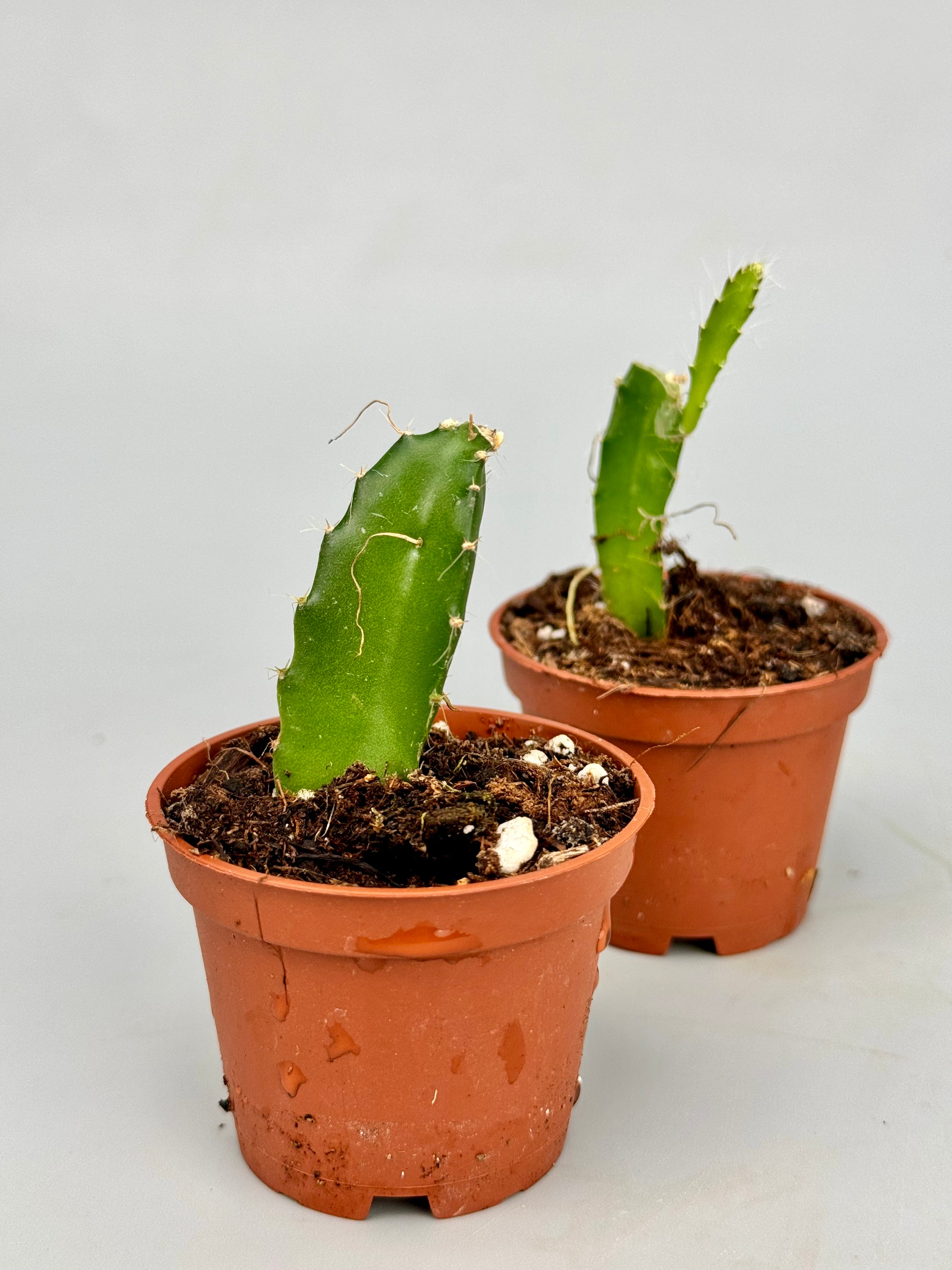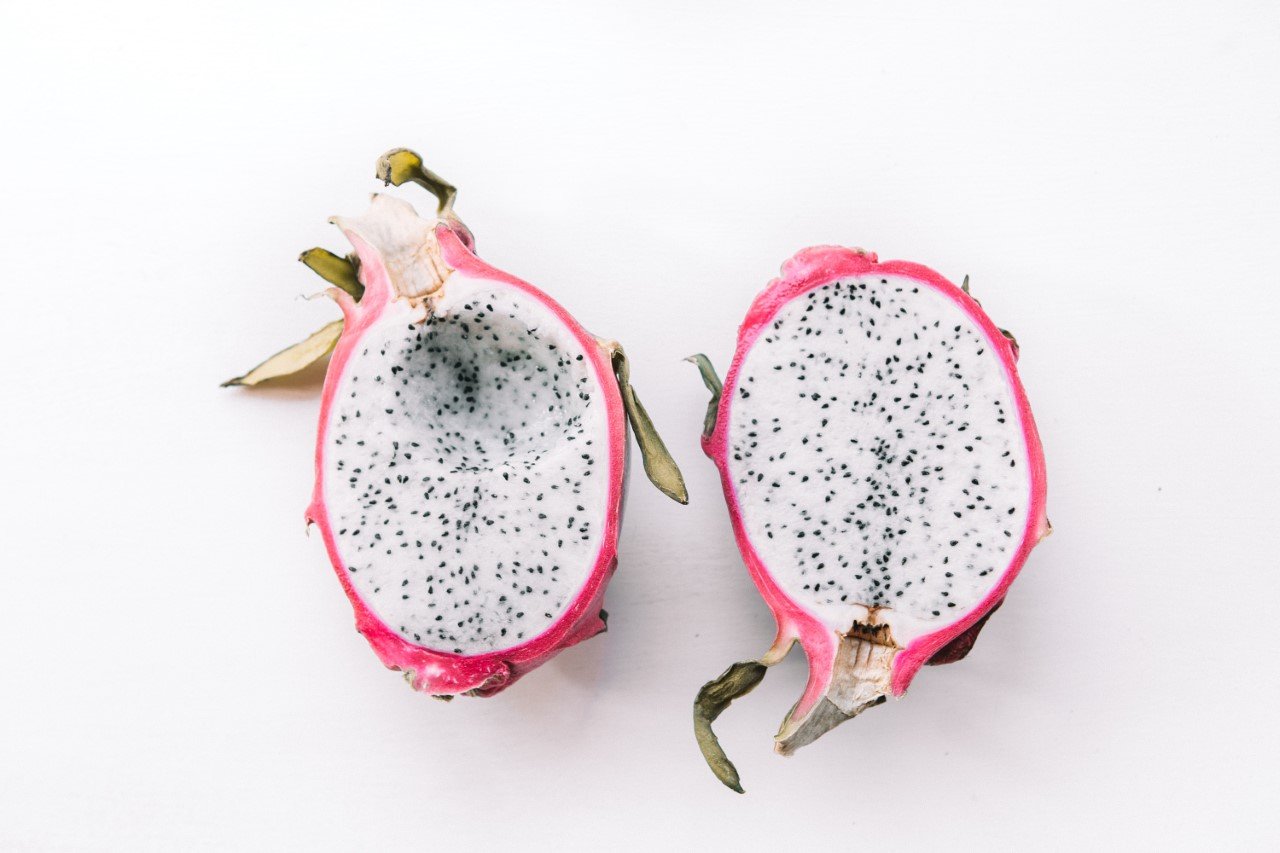We often take it for granted: roots growing neatly downward, leaves facing the light. But what happens when you remove that certainty? What if you send a plant into space, to a place where gravity is virtually absent? In this blog, we dive into the fascinating research field of plant growth in space. From the first germinating seeds aboard a space shuttle to the question: could you grow an orchid in a space station?
Space experiments with plants: a brief history
The idea of growing plants in space is not new. Back in the 1960s, the first plants were taken aboard Russian and American space capsules. Since then, dozens of experiments have been conducted with all kinds of crops, from lettuce and wheat to beans and even flowers. The goal? To understand whether plants can grow and survive in a weightless environment - something crucial for future space missions to Mars or beyond.
How do roots and leaves respond to weightlessness?
On Earth, plants rely heavily on gravity. Roots grow downward (positive gravitropy), while stems and leaves grow upward (negative gravitropy), toward light. In space, this guidance disappears completely.
Yet plants turn out to be surprisingly adaptable. Roots grow in all directions, sometimes in strange curves, and leaves develop in a kind of chaotic cloud. But as long as there is enough light, water and air, they stay alive. Scientists even discovered that plants can use other signals - such as light, moisture or even internal growth hormones - as alternative orientation.
Can you grow an orchid in a space station?
In theory? Yes. In practice? That's going to be tricky. Orchids are naturally epiphytic, which means they cling to trees and use their roots to draw moisture and nutrients from the air and rain. That already makes them somewhat less dependent on solid soil - an advantage in space.
Still, growing an orchid in a space environment makes high demands. Humidity, temperature, light cycle and watering must be controlled extremely precisely. In addition, in weightless conditions, the plant could easily dry out or suffer root damage without support.
So far, no known experiments have been done with real orchids in space, but it would be a fascinating experiment for the future - precisely because they are such demanding plants.
What does this say about the basic needs of plants?
By studying plants in space, we learn what is really essential for their survival. Gravity turns out to be less important than long thought - it's all about light, water, air, temperature and the right nutrition. This insight not only helps in preparing space colonies, but also in improving cultivation systems on Earth, such as vertical farming or closed greenhouse systems.
Moreover, it raises questions about how flexible plant life actually is. If a seed can germinate in a space station, who knows where else it might grow?
In conclusion
The idea that plants can survive - and even flourish - without gravity is as alienating as it is hopeful. It opens the door to food production on other planets, but also makes us rethink what makes life on Earth possible. Perhaps one day we will grow an orchid in orbit around Mars. Until then, it remains a symbol of how vulnerable and resilient plants are.
Want to experiment with unusual plant species yourself (on Earth, for now)? Then take a look at our selection of rare orchids and other botanical gems. Who knows, maybe your future space plant is already among them.

